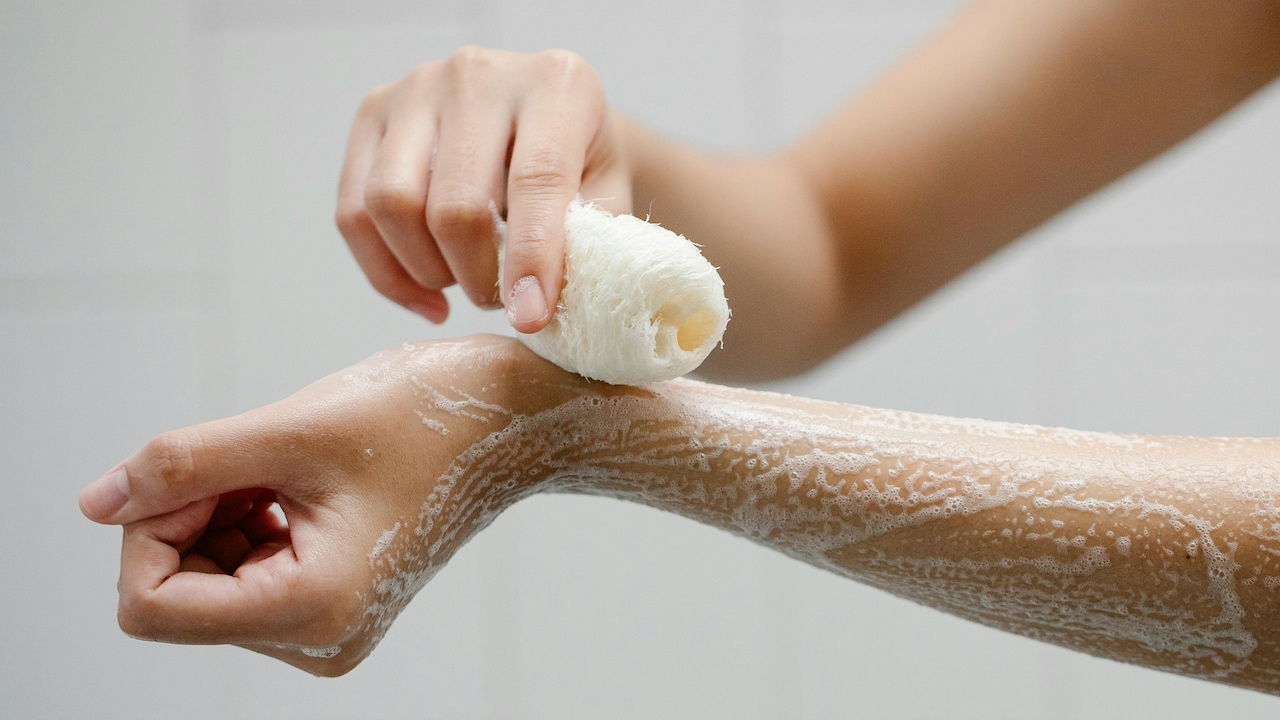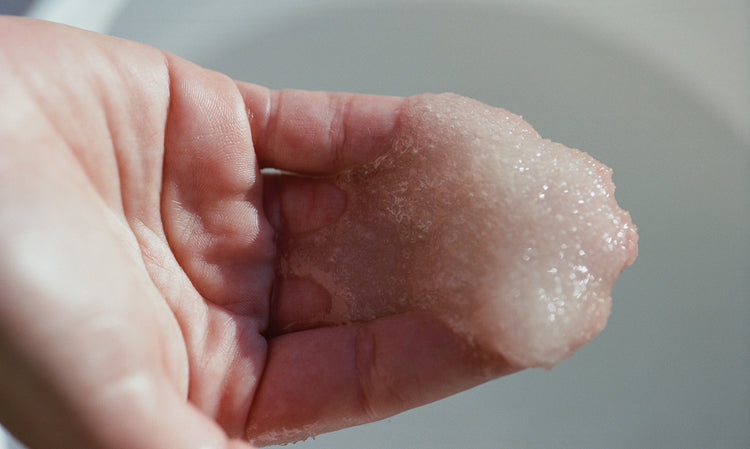Exfoliating Body Wash for Rough Skin: Beautician's Guide
For many beauticians, achieving smooth and radiant skin for their clients is a top priority. An exfoliating body wash for rough skin can be a game-changer in this pursuit. These specialized washes are designed to slough off dead skin cells, revealing the fresh and vibrant skin beneath. By incorporating this essential product into your skincare regimen, you can help clients achieve a more polished and youthful appearance.
In this comprehensive guide, we'll delve into the benefits of using an exfoliating body wash, the best practices for its application, and why it's a must-have in any beautician's toolkit. Whether you're just starting in the beauty industry or looking to enhance your current offerings, understanding the nuances of exfoliating can set you apart as a skincare expert.

Why Choose Exfoliating Body Wash for Rough Skin?
Rough skin can be caused by a variety of factors, including environmental stressors, poor hydration, and the natural aging process. An exfoliating body wash for rough skin targets these issues by removing the outermost layer of dead skin cells. This process not only smooths the skin's texture but also enhances the absorption of subsequent skincare products.
Beauticians will appreciate that regular exfoliation helps to prevent clogged pores, reduce the appearance of blemishes, and promote an even skin tone. By recommending an exfoliating body wash to your clients, you offer them a straightforward yet effective solution to maintain their skin's health and vitality. For more insights on the benefits of exfoliating body washes, check out this detailed article on daily usage.
How to Use Exfoliating Body Wash Effectively
Proper application is crucial to maximizing the benefits of an exfoliating body wash for rough skin. Here are some expert tips to share with your clients:
- Frequency: Recommend using the product 2-3 times a week to avoid over-exfoliation, which can lead to irritation.
- Application: Encourage clients to use a gentle, circular motion when applying the wash to damp skin. This technique helps to prevent micro-tears and ensures even coverage.
- Rinsing: After massaging the product into the skin, it should be thoroughly rinsed off with lukewarm water. Hot water can strip the skin of its natural oils, leading to dryness.
To address specific skin concerns, such as keratosis pilaris, check out our dedicated guide on keratosis pilaris.
Ingredients to Look for in an Exfoliating Body Wash
When selecting an exfoliating body wash for rough skin, the ingredients play a pivotal role in its effectiveness. Beauticians should be aware of the following key components:
- Alpha Hydroxy Acids (AHAs): These acids, such as glycolic and lactic acid, are excellent for gently removing dead skin cells and promoting cell turnover.
- Beta Hydroxy Acids (BHAs): Salicylic acid is a common BHA that penetrates deeper into the pores, making it ideal for clients with oily or acne-prone skin.
- Natural Exfoliants: Ingredients like crushed apricot seeds or walnut shells provide physical exfoliation, which can be beneficial for those with more resilient skin types.
For more information on suitable ingredients, visit this informative article on exfoliating essentials.
Potential Drawbacks and Precautions
While the benefits of an exfoliating body wash for rough skin are numerous, it's important to be mindful of potential drawbacks. Over-exfoliation can lead to skin irritation, redness, and increased sensitivity. Beauticians should advise clients to monitor their skin's reaction and adjust usage accordingly.
Additionally, clients with sensitive skin or certain skin conditions should consult with a dermatologist before incorporating new products into their routine. For more on exfoliation safety during specific conditions like pregnancy, refer to our exfoliation safety guide.

Enhancing Your Skincare Routine with Exfoliation
Incorporating an exfoliating body wash for rough skin into your client's skincare routine can yield transformative results. By regularly removing dead skin cells, you allow the skin to breathe and regenerate more effectively. The result is a smoother, more vibrant complexion that clients will love.
Beauticians should emphasize the importance of following up exfoliation with a hydrating moisturizer to lock in moisture and protect the skin barrier. This combination of exfoliation and hydration is a powerful duo in the quest for beautiful skin. For more on how exfoliation fits into a broader skincare routine, explore our routine guide.
Frequently Asked Questions
Q1: Can an exfoliating body wash help with ingrown hairs?
A: Yes, exfoliating body washes can help prevent and reduce ingrown hairs by removing dead skin cells that can trap hair follicles. For detailed advice, check our ingrown hairs guide.
Q2: Is it safe to use an exfoliating body wash every day?
A: While some may opt for daily use, it's generally recommended to use it 2-3 times a week to avoid irritation. For a comprehensive look, visit this expert opinion.
Q3: What is the best way to apply an exfoliating body wash?
A: Use gentle circular motions on damp skin, and rinse thoroughly with lukewarm water. Avoid hot water to prevent stripping natural oils. For application tips, see our application tips.
This article contains affiliate links. We may earn a commission at no extra cost to you.

